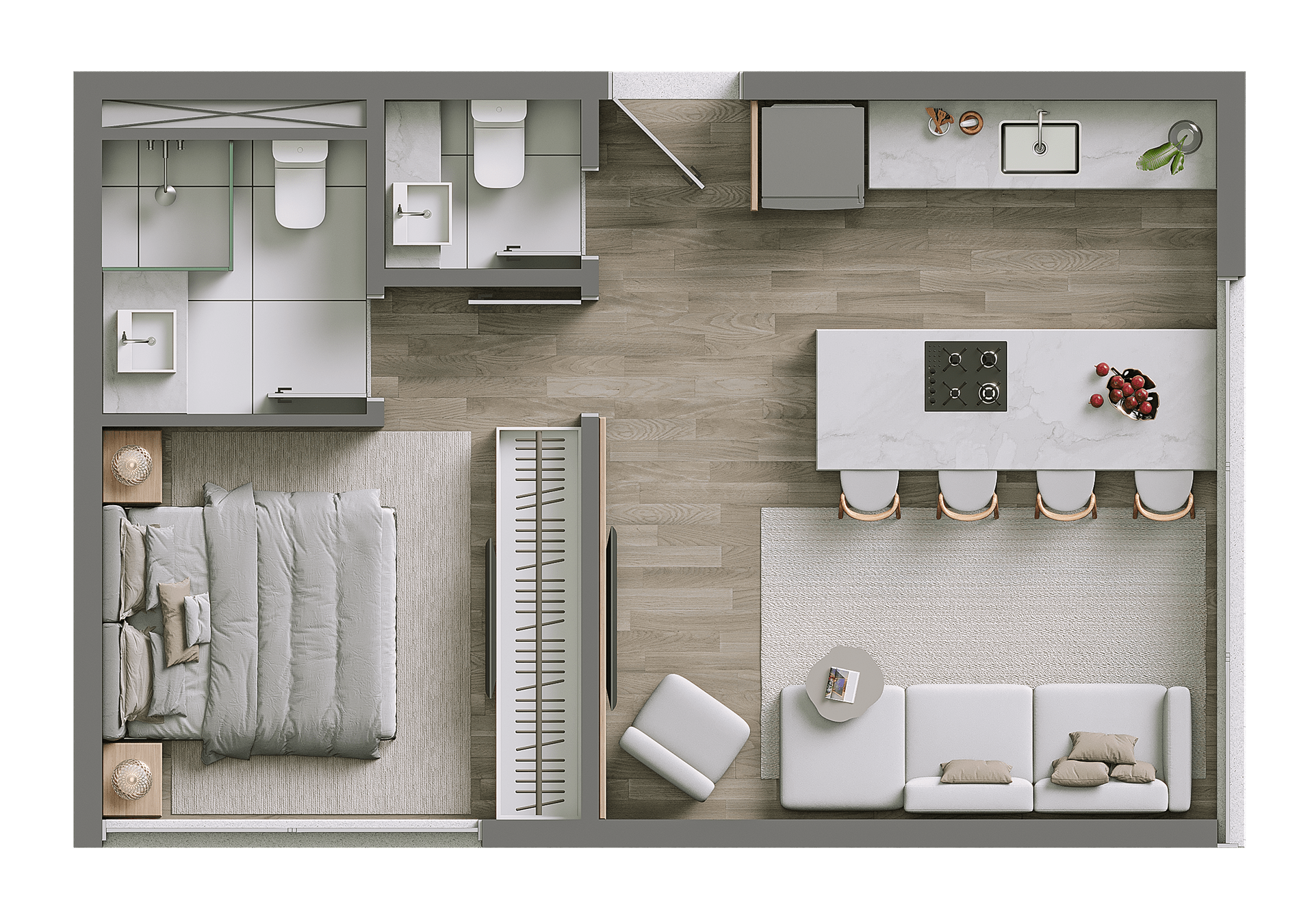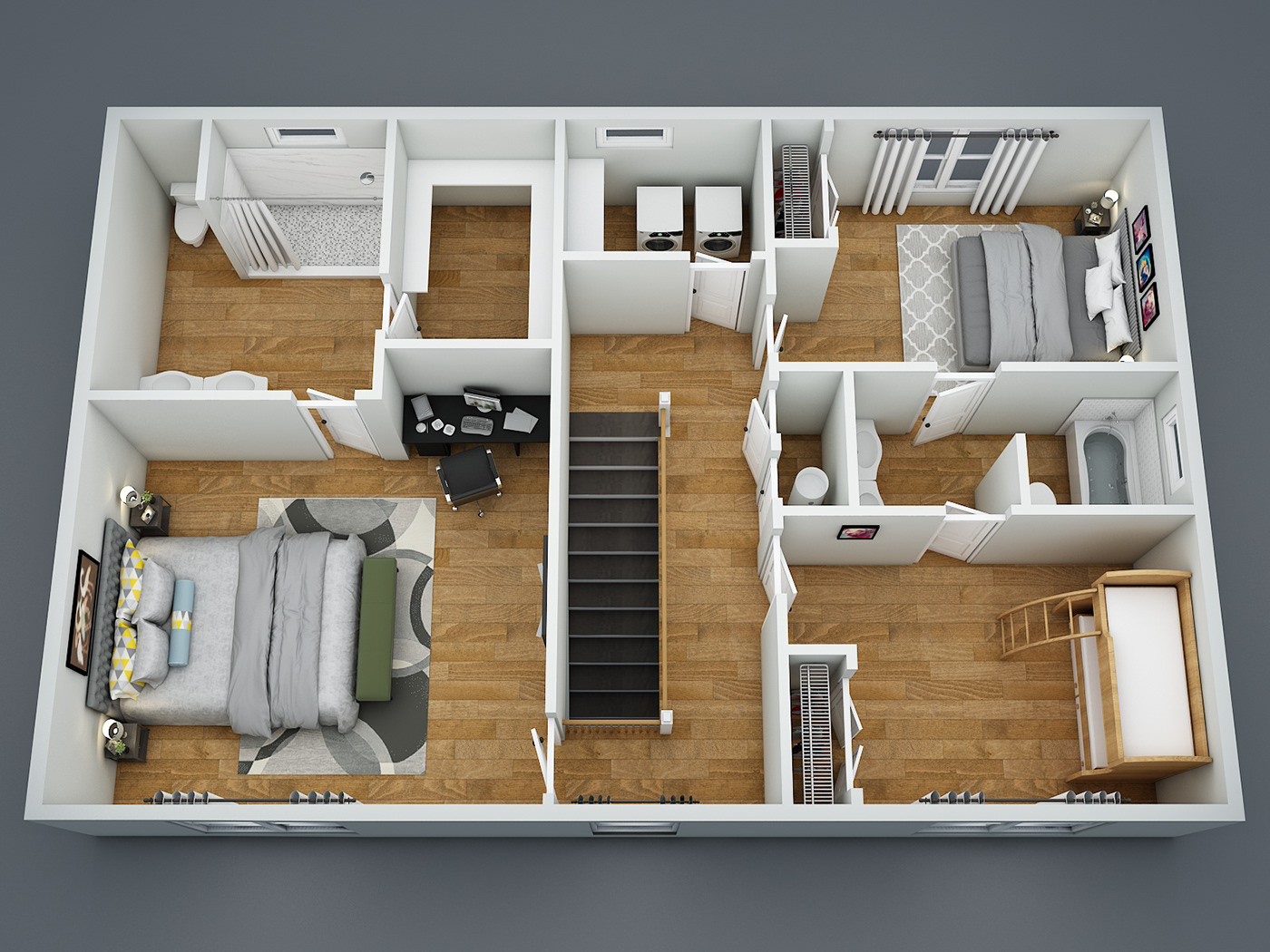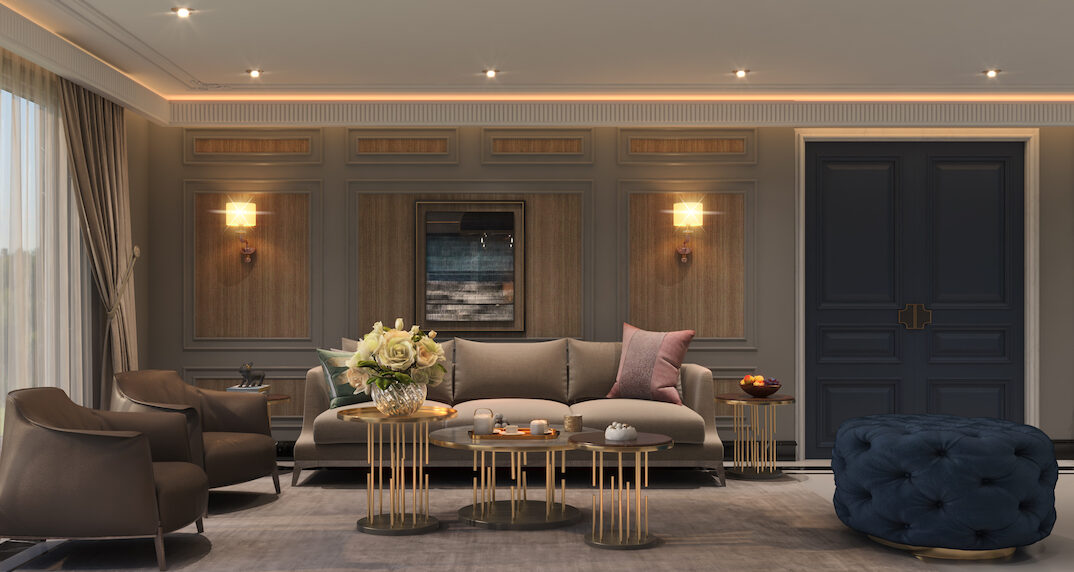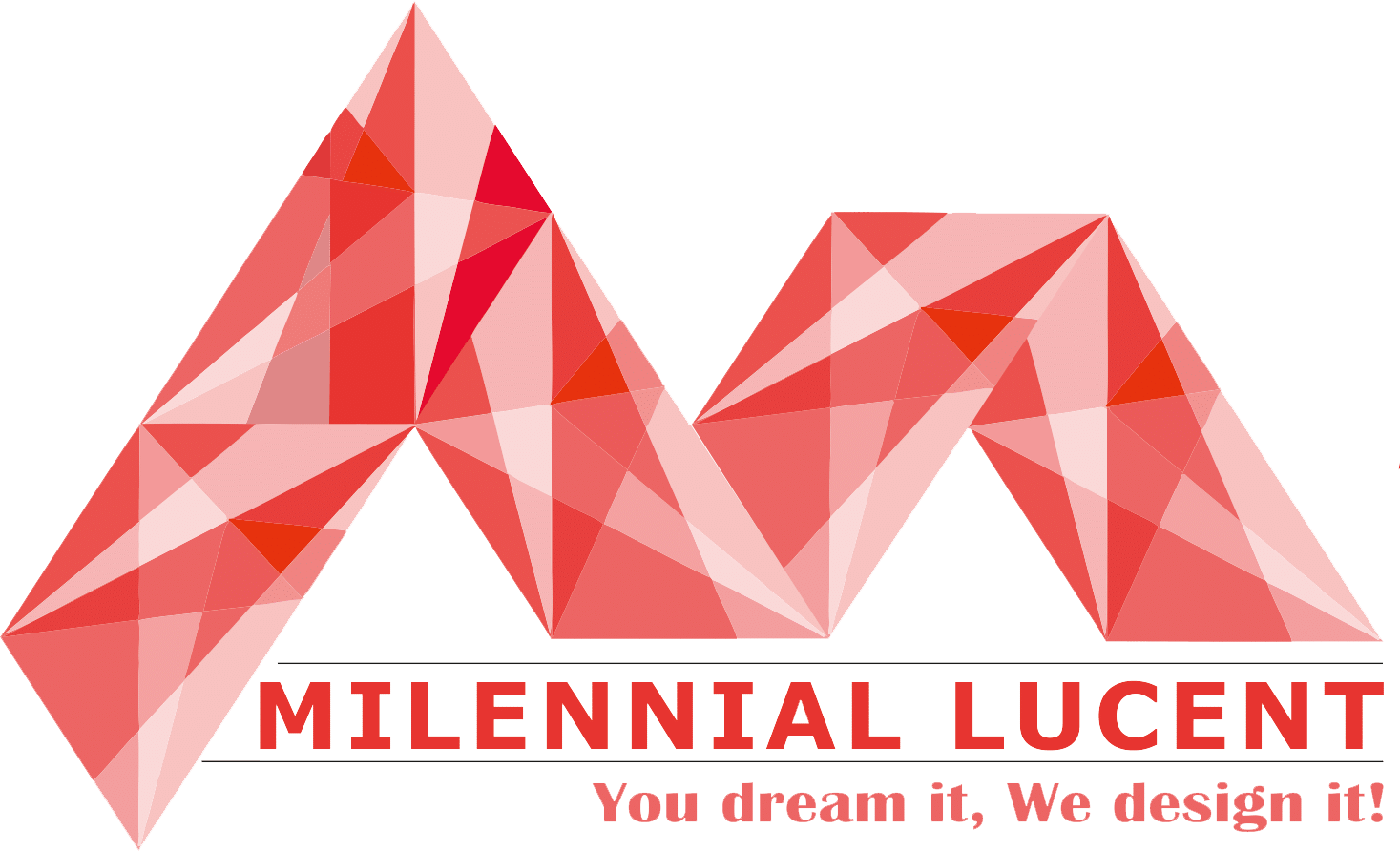Your Dream it, we Design it!

Interior design is a constantly evolving field that focuses on improving the utility and aesthetic appeal of indoor environments. It entails a holistic approach to planning and arranging the inside of buildings, including color schemes, furniture, lighting, and layouts. The purpose of interior design is to create spaces that are not only physically appealing, but also functional and tailored to the needs and tastes of the occupants. Interior designers create harmonious and interesting settings by combining beauty and practicality, reflecting varied styles and personal preferences while maximizing comfort and usability. Visit Now
1. Modern

Modern interior design is characterized by its emphasis on simplicity, clean lines, and functional elegance. This style values minimalism and decluttered spaces, often featuring a neutral color palette with shades of white, gray, and beige.
Modern design focuses on the use of high-quality materials and sleek, geometric furniture that blends seamlessly with the open and airy layout. The integration of natural light is a key element, achieved through large windows and unobstructed views.
The overall aesthetic is one of understated sophistication, where every element is purposeful and contributes to a serene, organized environment. Modern interiors create a sense of calm and clarity, highlighting the beauty of simplicity and efficient design.
2.Contemporary

Contemporary interior design includes current trends and advancements in the area, resulting in a dynamic and ever-changing style. Contemporary design is distinguished by clean lines, open spaces, and a palette of neutral colors enhanced with strong and brilliant hues. It values a fluid and adaptive approach.
It frequently incorporates wide windows to enhance natural light and provide a seamless link between indoor and outdoor spaces. The use of various materials, such as metals, glass, and natural elements, provides texture and depth to the design.
Contemporary interiors prioritize comfort and functionality, combining modern aesthetics with practical components to create beautiful, welcoming homes that reflect current design trends and preferences.
3.Industrial

Industrial interior design draws inspiration from the rough, industrial look of converted warehouses and factories, emphasizing an unfinished and gritty charm. This design is distinguished by exposed structural elements including brick walls, steel beams, and concrete floors, which emphasize the building’s industrial background.
Industrial spaces frequently have a mix of old and modern furnishings, with a focus on useful, long-lasting materials such as metal and recycled wood. The design has an open, breezy plan with high ceilings and huge windows, which contribute to the roomy sense.
This style offers a distinct, urban atmosphere that highlights the beauty of industrial architecture while also creating a unique and functional living space. Visit Now
4.Scandinavian
Scandinavian interior design is known for its minimalist elegance and emphasis on functionality, inspired by the natural beauty and simplicity of Nordic landscapes. This style has a clean, uncluttered appearance, with an emphasis on bright, airy spaces and a neutral color palette dominated by whites, grays, and beiges.
Natural materials such as wood, wool, and linen are utilized to add warmth and texture, and the design stresses practical and ergonomic furniture.
Cozy elements such as soft textiles, velvety rugs, and warm lighting are frequently used in Scandinavian interiors to promote comfort and create welcoming environments. The entire effect is a harmonic blend of simplicity and comfort, resulting in rooms that are both visually appealing and very functional.

5.Traditional
Traditional interior design casting. ageless elegance and traditional charm, as it adheres to established design principles and historical influences. This style has rich, elaborate woodwork, showing great wealth textiles, and exquisite furnishings that exude refinement and continuity.
Traditional interiors frequently feature symmetrical layouts, ornate moldings, and antique or imitation furniture that evokes a sense of history and craftsmanship. The color palette is often composed of warm, rich tones and patterns, resulting in a comforting and elegant ambiance.
Traditional design prioritizes comfort and formal elegance, combining historical features with a touch of grandeur to create welcoming and timeless rooms.
conclusion
Interior design style provides a unique method to producing useful and visually beautiful environments while reflecting varied tastes and cultural influences. Modern design values simplicity and functionality through clean lines and neutral colors, whereas contemporary design incorporates current trends and dynamic aspects.
Industrial design embraces harsh, utilitarian aesthetics with exposed materials, whereas Scandinavian design stresses minimalism and natural warmth. Traditional design, on the other hand, emanates timeless elegance through intricate features and historical charm.
Understanding these styles allows you to choose and combine pieces to create interiors that suit practical demands while also reflecting personal tastes, resulting in spaces that are both beautiful and meaningful.

